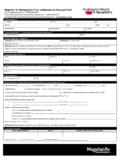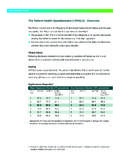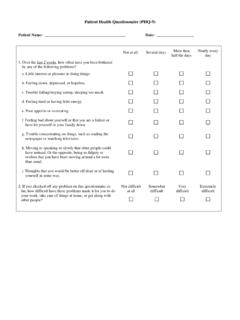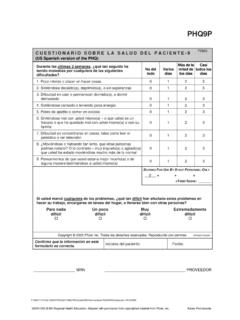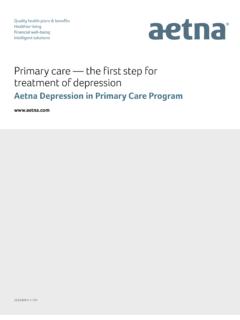Transcription of Transcranial Magnetic Stimulation - Magellan …
1 Transcranial Magnetic Stimulation Criteria for Privileging 1. Treating physician must have completed a psychiatry residency program accredited by the Accreditation Council for Graduate Medical Education (ACGME) or the American Osteopathic Association (AOA) or the Royal College of Physicians and Surgeons of Canada (RCPSC); Board certification in psychiatry by the American Board of Psychiatry and Neurology (ABPN) or the American Osteopathic Board of Psychiatry and Neurology (AOBPN) is preferred. 2. Physician must have completed a university-based course in TMS, or the course approved by the device manufacturer. 3. The treatment must be provided by use of a device approved or cleared by the FDA for the purpose of supplying Transcranial Magnetic Stimulation for this indication. 4. Access to emergency equipment, including cardiac defibrillator, oxygen and suction, are readily available while the patient is receiving TMS.
2 5. The attending physician must use evidence-based validated depression monitoring scales such as the Geriatric Depression Scale (GDS), the Personal Health Questionnaire Depression Scale (PHQ-9), the Beck Depression Scale (BDI), the Hamilton Rating Scale for Depression (HAM-D), the Montgomery Asberg Depression Rating Scale (MADRS), the Quick Inventory of Depressive Symptomatology (QIDS), or the Inventory for Depressive Symptomatology Systems PRIVILEGING CRITERIA 2 Last reviewed 6/20/18 Review (IDS-SR), or the Consumer Health Inventory (CHI) to monitor treatment response and the achievement of remission of symptoms Supervision of treatment: 6. The treatment shall be given under direct supervision of this physician, s/he or she must be in the area and immediately available. The physician will assess the patient at each treatment, and be present in the area, but not necessarily provide the treatment.
3 The attending physician must monitor and document the patient s clinical progress during treatment. 7. The attending physician provides personal supervision for the initial motor threshold determinations, treatment parameter definition and TMS treatment course planning and documentation supportive of the level of supervision. 8. The patient has either the attending physician or the attendant physically present at all times during the TMS session. The attendant must be trained as follows: a. Basic Life Support (BLS) certified; b. Trained in the management of complications such as seizures; and c. Trained in the application of the TMS apparatus. 9. During subsequent delivery and management of TMS sessions the attending physician must meet face to face with the patient when there is a change in the patient s mental status and/ or other significant change in clinical status. 10. When clinically indicated, the patient is released in the care of a responsible adult who can monitor and provide supportive care as needed.
4
